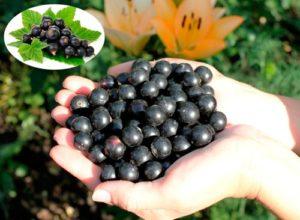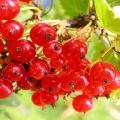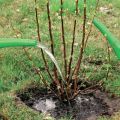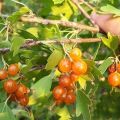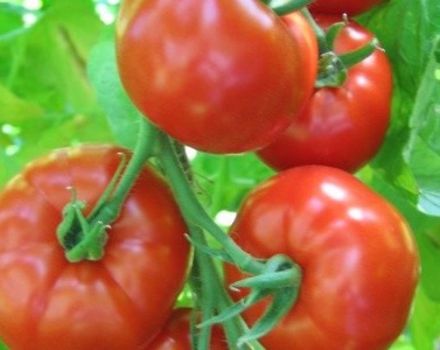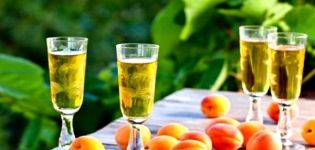Description and characteristics of black currant varieties Perun, planting and care
Black currant Perun can be found in almost every garden plot. The history of these fruits dates back to the ancient Russian monks, who were the first to domesticate this berry bush. Now currants are grown in Europe as well. The Perun variety has a significant number of advantages, which cannot be obtained without knowing the basic intricacies of growing a shrub.
The history of the creation of the variety
The first information about this medium-late variety of currants appeared in the tenth century, when monks in Kievan Rus were mainly engaged in the cultivation of this shrub. The modern look of this berry was obtained by A.I. Astakhov and in the late 90s it was added to the state register. To obtain the Perun variety, the Bredthorpe variety was crossed.
Description and characteristics of currants Perun
The main things a gardener needs to know about this crop is late picking, medium size shrubs and spreading. The first crop appears only at the end of July, and its harvest continues until the end of August. It is also important to note that this currant does not need other varieties for pollination.
The berries of Perun are quite large - about 2-4 grams, have a bright aroma. The branches of the shrub are equipped with three-lobed leaves with wrinkled elements. Up to ten berries can be obtained from one brush. According to the description of the Perun currant variety, taste is rated at 4.9 points out of 5.
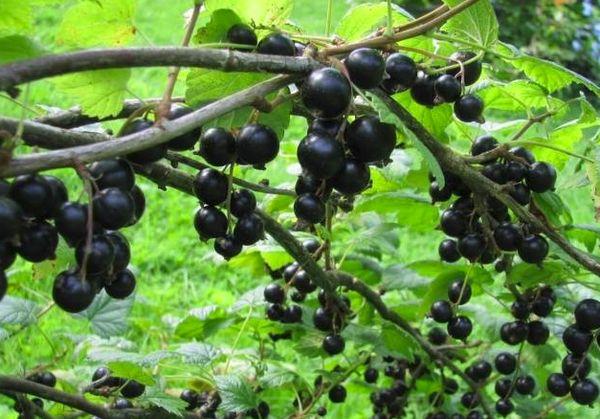
Advantages and disadvantages
The Perun variety has a sufficient number of positive characteristics for which this berry shrub is highly valued:
- High yield.
- Adaptation to low temperatures and diseases.
- Cold resistance during flowering.
- Not picky about abundant watering.
- High taste.
- Good transportability.
- The possibility of long-term preservation.
- The universal purpose of berries.
The disadvantages of black currant are directly related to industrial use. The main negative side is that there is a fairly large number of small berries. For this reason, the culture is not the most attractive presentation.
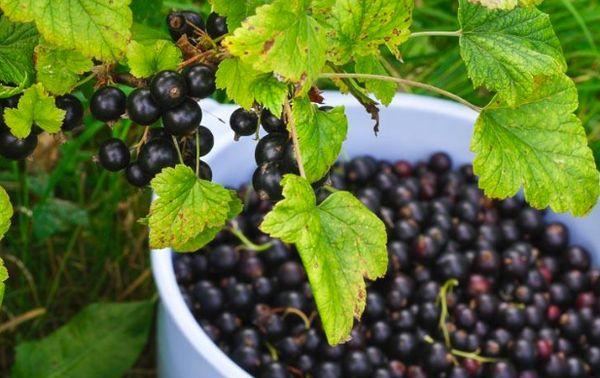
Also, a significant drawback can be called the fact that the taste of berries directly depends on climatic conditions. In dry and hot weather, or, conversely, at sufficiently low temperatures, the berries will taste sour.
Features of growing crops
Planting a black currant bush is quite simple if you know the basic nuances and features of cultivation. The correct choice of location and adherence to the necessary planting technique will provide the gardener with unusual and tasty berries.
Pick up time and place
The most preferred time for disembarkation is autumn. So the seedling will have time to take root, take root and begin to grow actively until spring. An open, bright and wind-protected area would be a suitable place for placement. It is better to plant currants in areas with loose and breathable soil.
Seedling preparation
It is extremely important to cut the stalk of the seedling to 2 buds before planting. Otherwise, the plant will not be able to take root, since it will donate all substances not for the development of the root system, but for the growth of shoots. It is also worth noting that currant seedlings are not sold with open root systems.
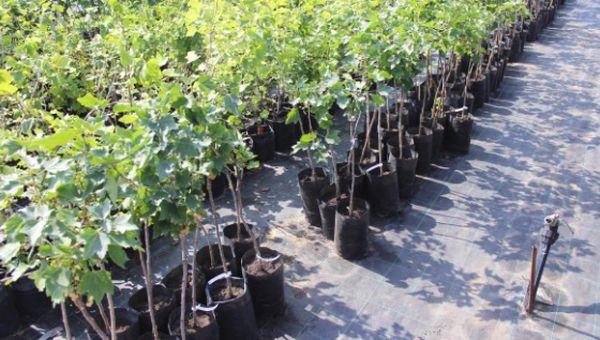
Planting process
Planting of the Perun variety is carried out according to the following scheme:
- A pit about 40 centimeters deep should be prepared a week beforehand.
- The earth that has been removed from the recess needs to be mixed with humus.
- After the seedling should be placed in a hole and sprinkled with soil (it is important to observe the interval if there are several shrubs).
At the final stage, the planting site is watered abundantly, and it is recommended to mulch the ground (humus, peat, foliage).
Currant care tips
The agricultural technology of caring for the Perun variety is not particularly complex, but it has its own characteristic features. The required care consists in feeding, cleaning weeds, forming a bush and eliminating pests.
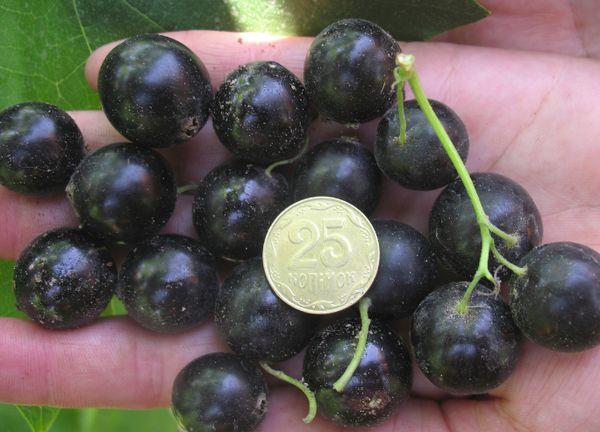
Watering
Perun needs regular irrigation. The shrub requires abundant watering during the periods of ovary formation, ripening of berries, and also in the period after harvest. Also, currants will need a lot of liquid in the fall, since the healthy condition of the roots will depend on this.
Fertilization and feeding
Fertilizing mixtures and fertilizing are not required too often. One fertilizer per year will be enough for this crop - in autumn or spring. In the fall, it is worth using manure, dung, ash, compost. If top dressing is applied in spring, minerals should be used: nitrogen, potassium or phosphorus.
Shrub pruning
The shrub needs to be formed as it grows and develops. Sanitary pruning should be carried out at least once a year, which consists of removing dry, diseased and broken shoots. Post-plant shrub trimming is also carried out. To increase the number of berries during the next harvest, it is recommended to remove the excess number of branches, as well as shoots that grow inside the bush.
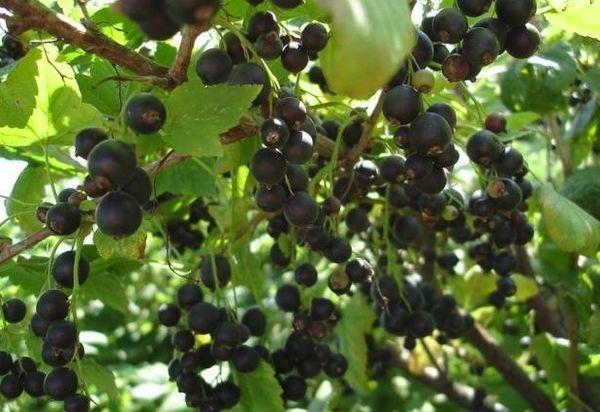
Diseases and pests
Currant Perun is characterized by medium resistance to various lesions and pests. In this regard, the gardener will need to carry out preventive treatments of his seedlings in early spring.
It is worth noting that the Perun variety is adapted to such a disease as powdery mildew. A similar procedure is repeated immediately after the flowering of the shrub. Often, currants are attacked by such pests: kidney mites, anthracosis and aphids.
When pests appear, it is recommended to treat the bush with insecticides. Since the roots of this culture do not go deep inside, it is important to eliminate the weeds that grow around the currants. It is also recommended to periodically loosen the soil and use mulch to protect the roots from overheating.
Breeding methods
The Perun variety is bred in several ways: cuttings, dividing the bush and layering. For reproduction by layering, it will be enough to press the currant shoot to the ground so that it can give adventitious roots and side shoots.

Breeding with cuttings is recommended for the period from May to early June.It is also worth remembering that there must be at least three buds on the handle. Further, the cuttings are placed in the soil at an angle and buried to the top. After three weeks, such a seedling should take root and take root.
Harvesting and storage of crops
Harvesting occurs at the end of July and continues until the end of August. The fruits are not harvested all at once, but in two or three visits, since they do not ripen evenly. It is important to ensure that the berries are not wet during picking.
You can store fresh fruits for up to two weeks in the refrigerator, in a separate container or sealed containers. However, it should be remembered that black currants tend to accumulate heat, therefore it is recommended to open the container from time to time. Also, currant berries can be stored in the freezer. To do this, they must first be washed, dried and packaged.

